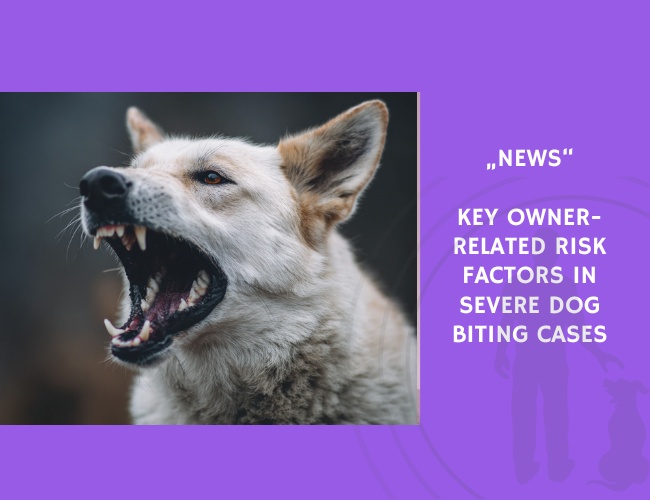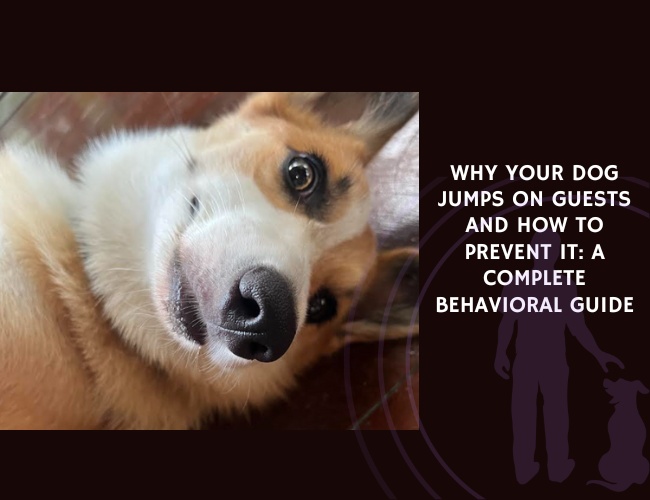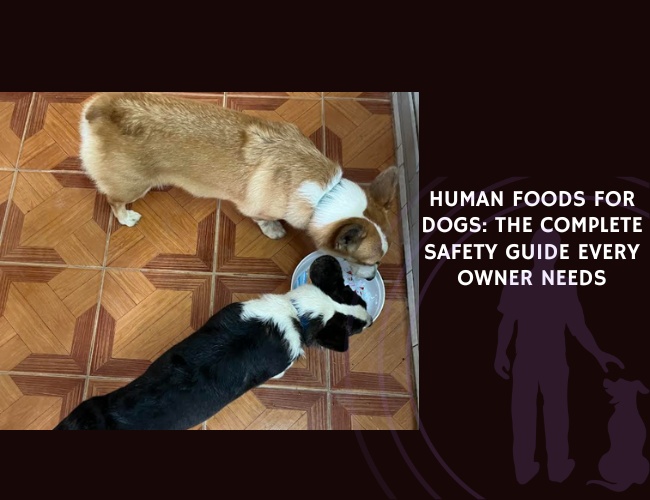In a 2023 study published in PLOS ONE, I. V. Herwijnen and colleagues analyzed risk assessment reports from 374 confiscated dogs involved in human- or animal-directed biting incidents. The data compared two periods—2008–2010 and 2020–2022—and examined 30 ownership factors recorded in standardized bite risk assessments.
Reports from the later time frame revealed a higher prevalence of multiple compounding risk factors, with 38% of cases listing five or more compared to 16% in the earlier period. The researchers identified nine factors that appeared in at least 15% of cases and may serve as early warning signs for biting incidents. These included:
- Multiple-dog households
- Dogs roaming the neighborhood without an owner
- Transfer of care responsibilities
- Previous muzzle and short-leash orders
- Isolated or confined keeping
- Owner’s suspected substance abuse
- Owner’s suspected animal abuse
- Owner aggression during confiscation
- Owner’s antisocial behaviors, such as intimidation
Of particular concern were cases where owners ignored or inadequately followed prior muzzle and leash requirements, combined with aggressive or antisocial tendencies. The study suggests that these ownership patterns may reflect a lack of willingness or ability to ensure public safety.
The authors recommend that bite prevention policies incorporate the identification of these high-risk owner factors, and call for further research into preventive measures, enforcement, and community education to reduce severe dog bite incidents.
Source: Herwijnen, I. V., Borg, J. A., Kapteijn, C., Arndt, S., & Vinke, C. (2023). Factors regarding the dog owner’s household situation, antisocial behaviours, animal views and animal treatment in a population of dogs confiscated after biting humans and/or other animals. PLOS ONE, 18.










